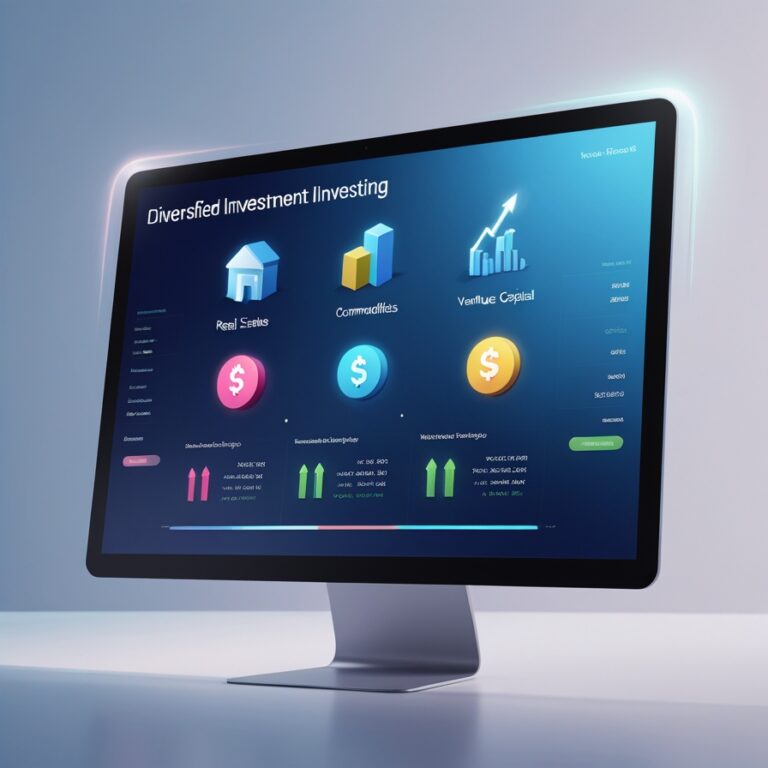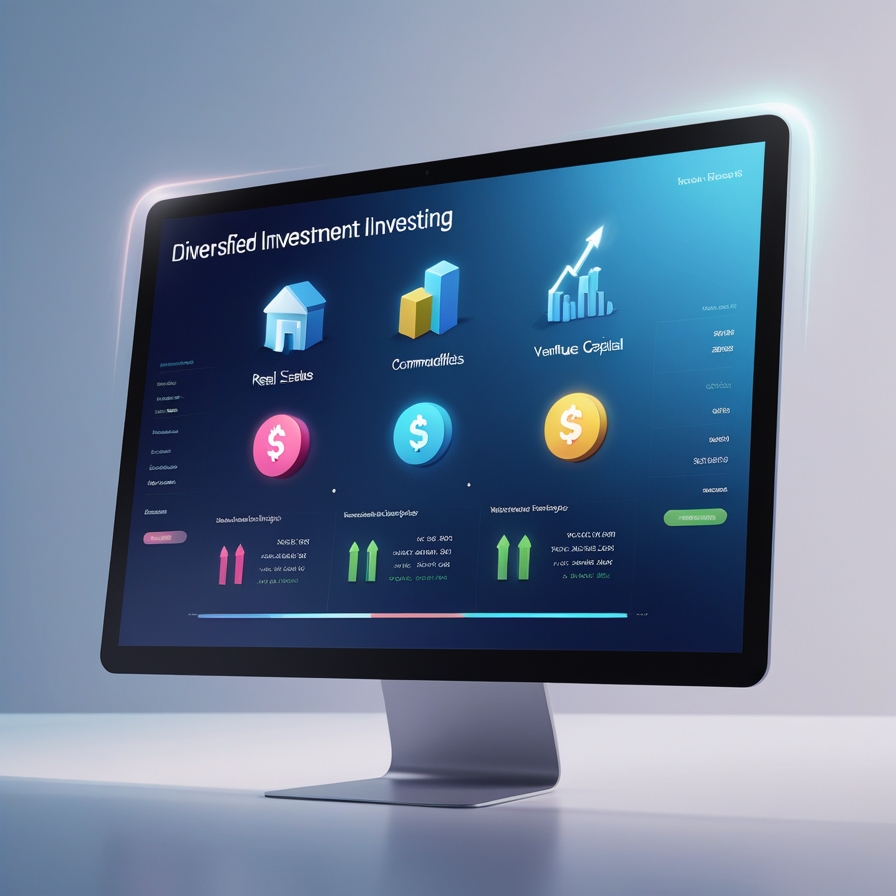Understanding the Difference Between Saving and Investing
Understanding the difference between saving and investing is key to building a healthy financial future. While both involve setting money aside, they serve different purposes. Saving is typically short-term and low risk—like putting money in a savings account for emergencies. Investing, on the other hand, involves some risk but can grow your money over time through things like stocks or mutual funds. Knowing when to save and when to invest helps you make smarter financial decisions, reach your goals faster, and feel more confident about your money.
What Saving Really Means
Saving means putting money away in a safe place where it’s easy to access and not likely to lose value. Most people use savings accounts, money market accounts, or even cash for this purpose. Savings are best for short-term goals like buying a new phone, building an emergency fund, or taking a vacation. It’s a secure way to protect your money, even if it doesn’t grow much over time. One big benefit is liquidity—you can get to your money quickly when you need it.
What Investing Actually Involves
Investing is about using your money to buy assets—such as stocks, bonds, or real estate—with the goal of earning a return. Unlike saving, investing comes with risks, but also the potential for much higher growth over time. Investing is ideal for long-term goals like retirement, buying a home, or funding education. The value of your investments can rise or fall, but over the long run, the market has historically trended upward, helping investors grow their wealth.
Key Differences Between Saving and Investing
The main difference between saving and investing is risk versus reward. Saving is low risk with minimal returns, while investing carries higher risk but greater potential for growth. Time horizon is also important—saving is suited for short-term needs, while investing is better for long-term goals. Additionally, saved money is typically insured and easily accessible, whereas investments can fluctuate in value and may take longer to cash out.
When to Save and When to Invest
If you’re planning for something that’s coming up in the next year or two—like a car repair or holiday trip—it’s usually best to save. But if you’re thinking years down the road, like planning for retirement or growing wealth, investing is often the smarter option. Ideally, your financial plan includes both: save for emergencies and short-term goals, and invest for long-term success.
Common Tools for Saving and Investing
Saving tools include savings accounts, high-yield savings accounts, and certificates of deposit (CDs). These options are low risk and offer modest interest. Investing tools range from stock market portfolios and index funds to retirement accounts like IRAs and 401(k)s. Robo-advisors and investment apps make it easier than ever to start investing, even with small amounts.
Mistakes to Avoid When Choosing Between Saving and Investing
One common mistake is putting all your money in savings and missing out on potential growth. Another is investing money you might need soon, risking losses if the market drops. Avoid these pitfalls by setting clear goals and timelines. Diversifying your financial strategy helps you manage risk while taking advantage of both saving and investing benefits.
Building a Balanced Financial Plan
A smart approach combines saving and investing. Start by building a safety net—usually three to six months of expenses in a savings account. Then begin investing with any extra income to grow your wealth over time. The right mix depends on your income, lifestyle, goals, and risk tolerance. A budget can help you allocate money toward both strategies each month.
Final Thoughts on Saving vs Investing
Understanding the difference between saving and investing empowers you to make better choices with your money. Saving keeps you financially stable today, while investing helps you build wealth for tomorrow. Whether you’re just getting started or refining your financial strategy, finding the right balance between the two is key to long-term success and peace of mind.















